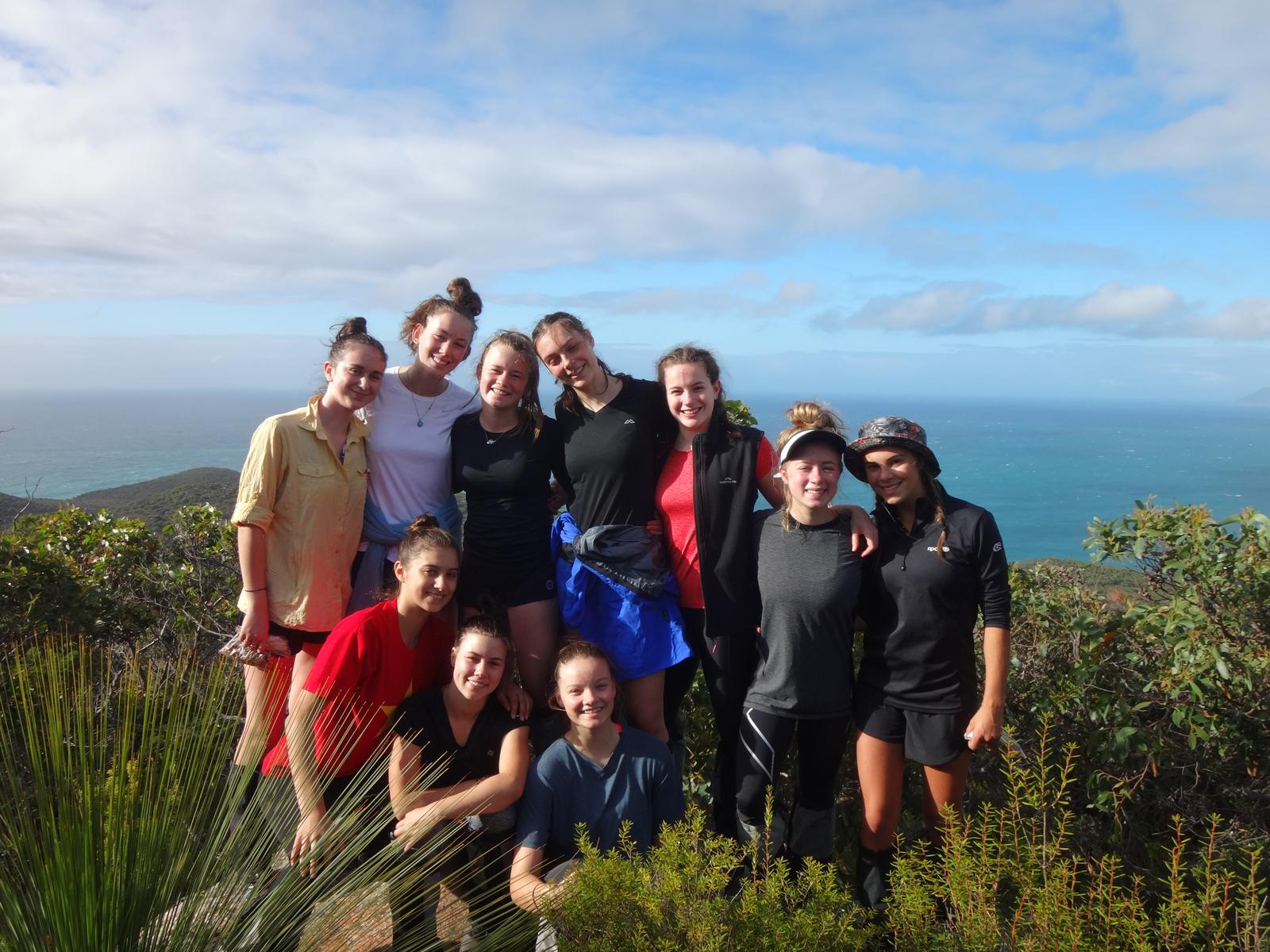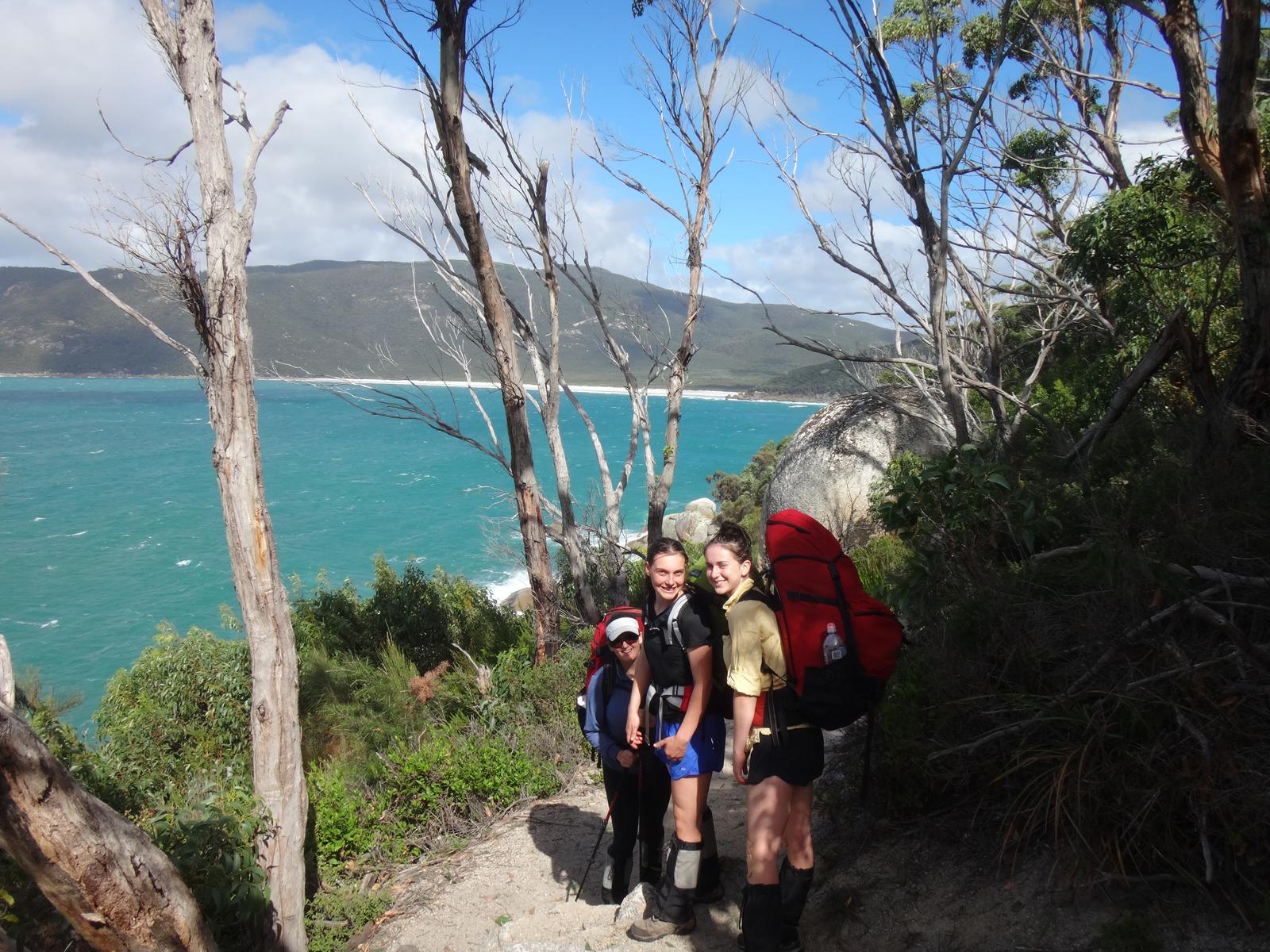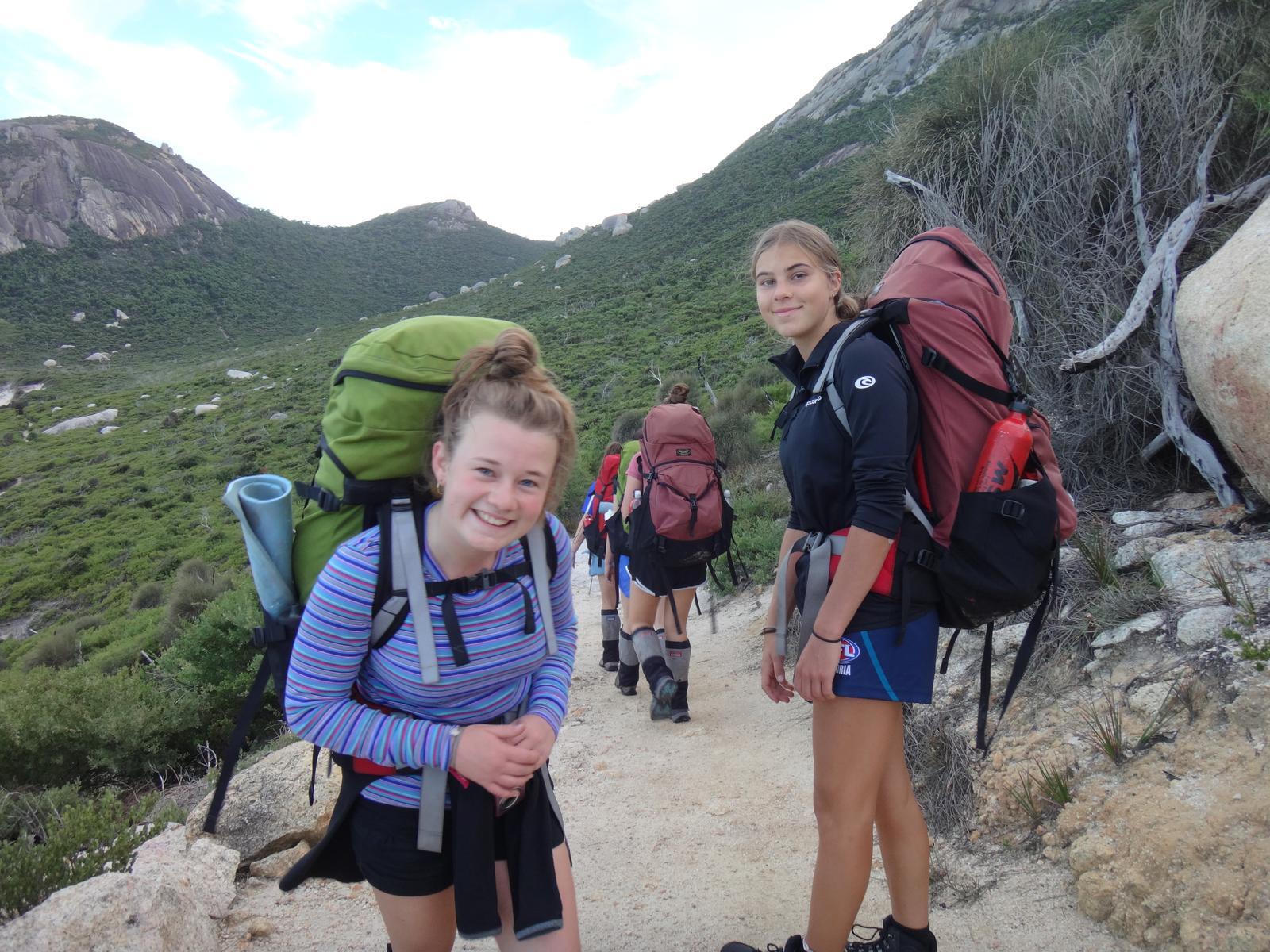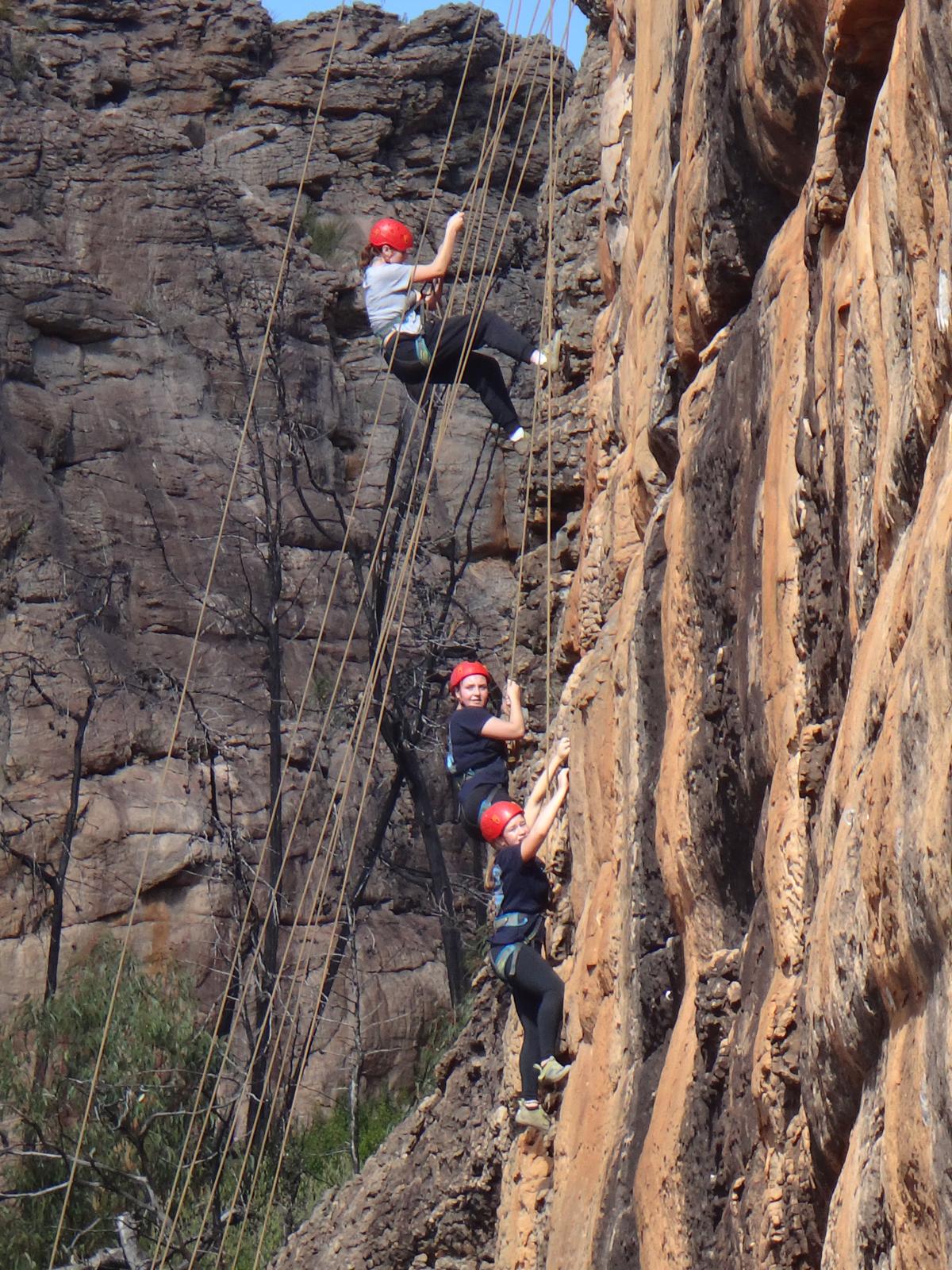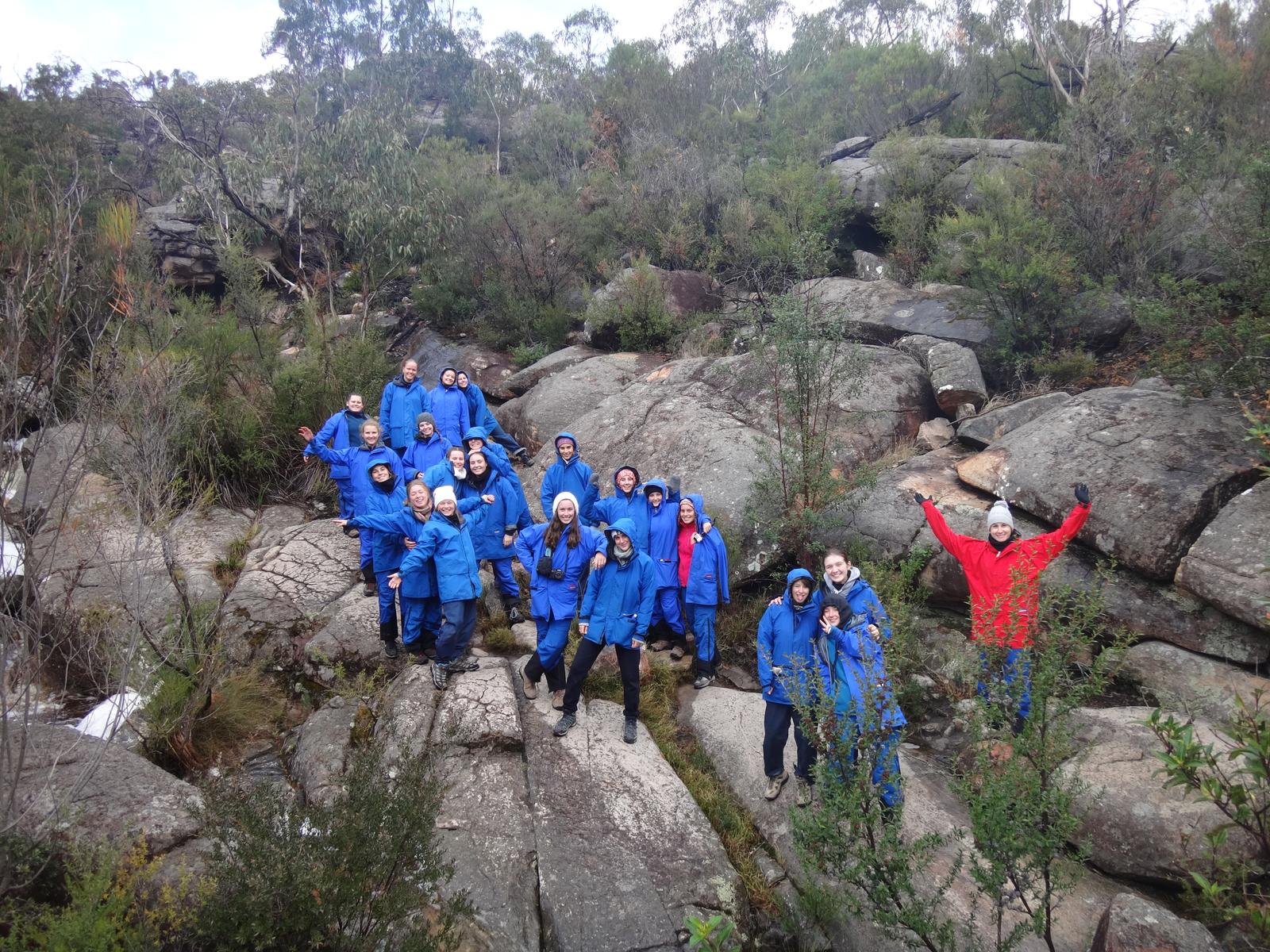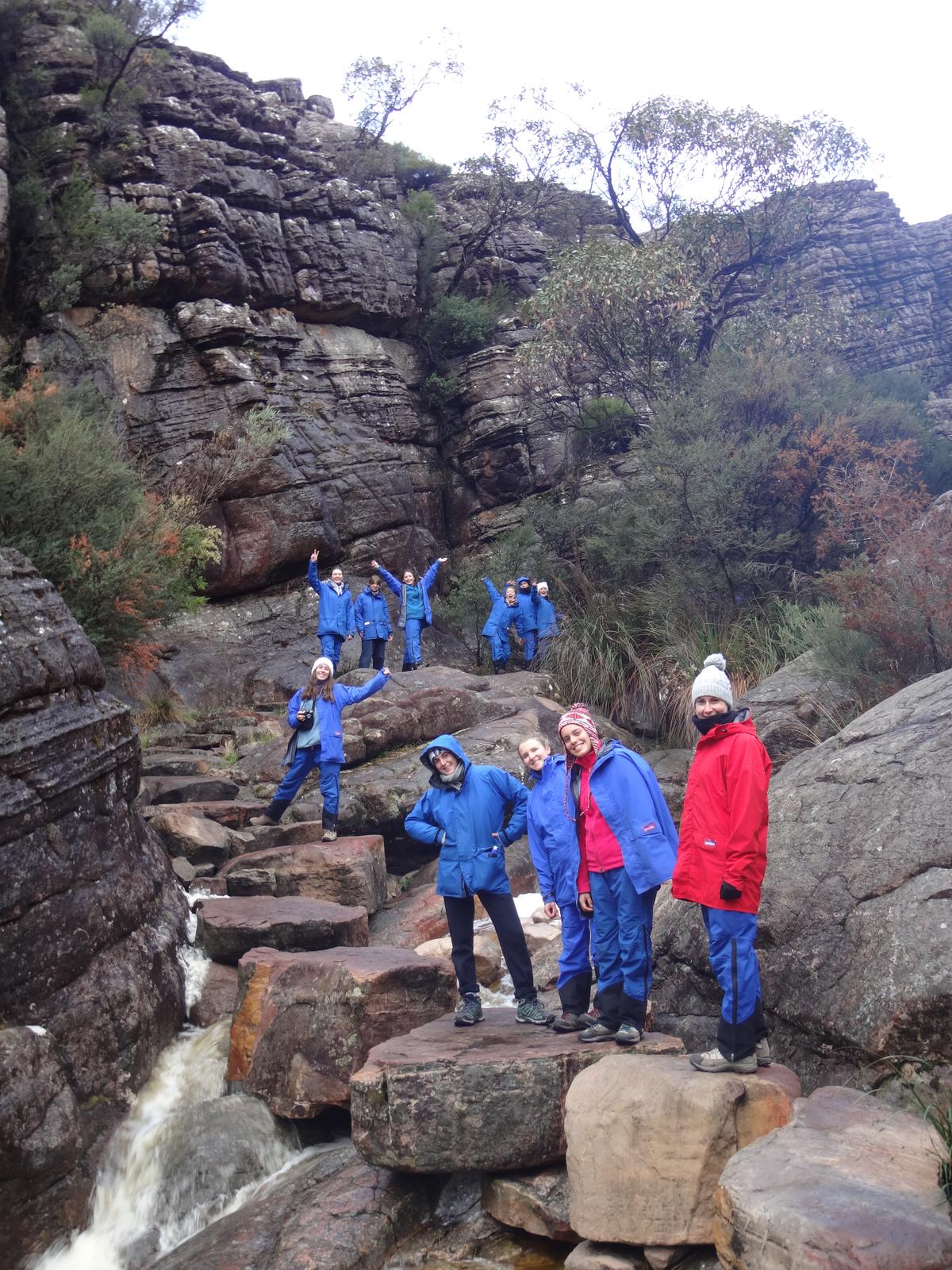VCE Health & PE
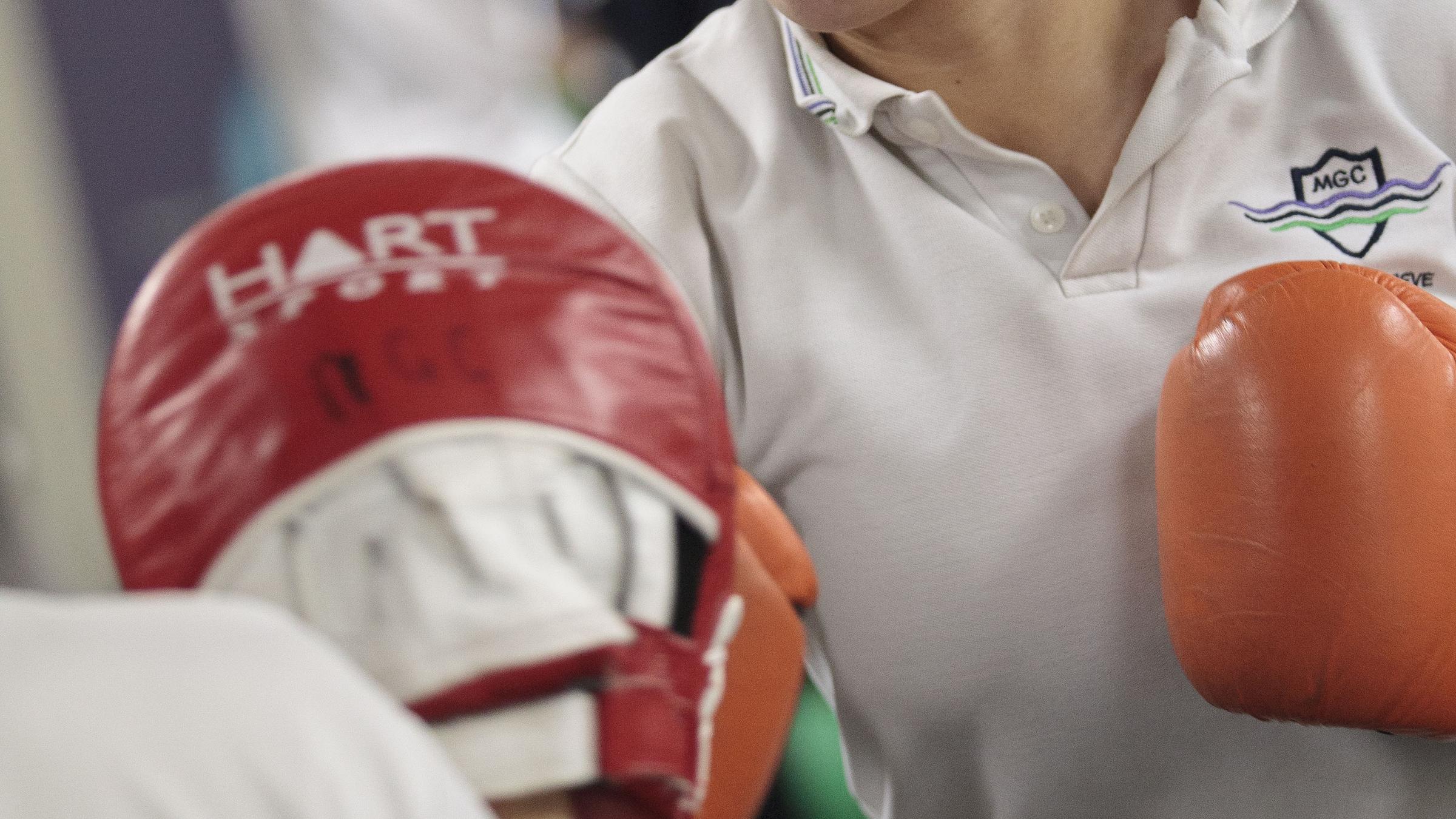
Health & Human Development
Through the study of VCE Health and Human Development, students investigate health and human development in local, Australian and global communities.
UNIT 1— UNDERSTANDING HEALTH AND WELLBEING
This unit looks at health and wellbeing as a concept with varied and evolving perspectives and definitions. It takes the view that health and wellbeing are subject to a wide range of contexts and interpretations, with different meanings for different people. As a foundation to the understanding of health, students will investigate the World Health Organization’s (WHO) definition and also explore other interpretations. Wellbeing is a complex combination of all dimensions of health, characterised by an equilibrium in which the individual feels happy, healthy, capable and engaged. Students will consider wellbeing to be an implicit element of health. In this unit students identify personal perspectives and priorities relating to health and wellbeing, and enquire into factors that influence health attitudes, beliefs and practices, including among Aboriginal and Torres Strait Islanders. Students look at multiple dimensions of health and wellbeing, the complex interplay of influences on health and wellbeing and the indicators used to measure and evaluate health status. With a focus on youth, students consider their own health as individuals and as a cohort. They build health literacy through interpreting and using data, through investigating the role of food, and through extended inquiry into one youth health focus area.
UNIT 2—MANAGING HEALTH AND DEVELOPMENT
This unit investigates transitions in health and wellbeing, and development, from lifespan and societal perspectives. Students look at changes and expectations that are part of the progression from youth to adulthood. This unit promotes the application of health literacy skills through an examination of adulthood as a time of increasing independence and responsibility, involving the establishment of long-term relationships, possible considerations of parenthood and management of health-related milestones and changes. Students enquire into the Australian healthcare system and extend their capacity to access and analyse health information. They investigate the challenges and opportunities presented by digital media and health technologies, and consider issues surrounding the use of health data and access to quality health care.
UNIT 3: AUSTRALIA’S HEALTH IN A GLOBALISED WORLD
This unit looks at health, wellbeing and illness as multidimensional, dynamic and subject to different interpretations and contexts. Students explore health and wellbeing as a global concept and to take a broader approach to inquiry. As they consider the benefits of optimal health and wellbeing and its importance as an individual and a collective resource, their thinking extends to health as a universal right. Students look at the fundamental conditions required for health improvement, as stated by the World Health Organization (WHO). They use this knowledge as background to their analysis and evaluation of variations in the health status of Australians. Area of Study 2 focuses on health promotion and improvements in population health over time. Students look at various public health approaches and the interdependence of different models as they research health improvements and evaluate successful programs. While the emphasis is on the Australian health system, the progression of change in public health approaches should be seen within a global context.
UNIT 4: HEALTH AND HUMAN DEVELOPMENT IN A GLOBAL CONTEXT
This unit examines health and wellbeing, and human development in a global context. Students investigate health status and burden of disease in different countries, exploring factors that contribute to health inequalities between countries, including the physical, social and economic conditions in which people live. Students build their understanding of health in a global context through examining changes in burden of disease over time and studying the key concepts of sustainability and human development. They consider the health implications of increased globalisation and worldwide trends relating to climate change, digital technologies, world trade and the mass movement of people. Area of Study 2 looks at global action to improve health and wellbeing and human development, focusing on the United Nations’ Sustainable Development Goals and the work of the World Health Organization. Students investigate the role of non-government organisations and Australia’s overseas aid program. Students evaluate the effectiveness of health initiatives and programs in a global context and reflect on their capacity to take action.
Note: There is a fee associated with this course of $75.00 per year for units 3 & 4. **
Health and Human Development on the VCAA website:
http://www.vcaa.vic.edu.au/Pages/vce/studies/healthnhuman/healthumindex.aspx
Outdoor & Environmental Studies
PLEASE NOTE: This subject is only available to Year 11 students who will complete it as an accelerated Unit 3 & 4 subject. Students who undertake Unit 3 & 4 OES as their accelerated subject cannot complete another 3/4 subject at the same time due to the time spent out of school on camps/excursions.
Due to the highly practical nature of this subject, there is a cost of approximately $970 per year to cover transport, accommodation, activities, staffing and other costs for camps and excursions. Any changes will be shown in the course confirmation booklets in November. The cost covers:
- 2 x 4 day camps: Wilson’s Promontory hike (Unit 3 - historical relationships), Gariwerd-Grampians camp (Unit 3 - contemporary relationships);
- Excursions to CERES Eco-house and water testing,
- Seaford Wetlands (Unit 4 - sustainable outdoor environments)
- Excursions to Ian Potter Gallery, Melbourne Museum (Unit 3).
Please note: If a student withdraws from this elective or does not attend a camp/activity, there may be no refund. Please refer to the schools’ refund policy for further information. **
OE3: OUTDOOR AND ENVIRONMENTAL STUDIES 3
The focus of this unit is the ecological, historical and social contexts of relationships between humans and outdoor environments in Australia. Case studies of a range of impacts on outdoor environments are examined in the context of the changing nature of human relationships with outdoor environments in Australia. Students consider a number of factors that influence relationships with outdoor environments. They also examine the dynamic nature of relationships between humans and their environment. Students are involved in one or more experiences in outdoor environments, including in areas where there is evidence of human interaction. Through these practical experiences students are able to make comparisons between and to reflect upon outdoor environments, as well as to develop theoretical knowledge and skills about specific natural environments.
There are 2 outcomes per Unit of work including:
- Explain the characteristics of the Australian environment before humans
- Describe and analyse the changing relationships with Australian outdoor environments expressed by specific Indigenous communities
- Describe and analyse the changing relationships with Australian outdoor environments influenced by historical events and associated key social and cultural issues
- Evaluate the foundation and role of environmental and political movements in changing relationships with outdoor environments
- Examine societal relationships with outdoor environments reflected in different forms of conservation, recreation, primary industries, and tourism practice
- Social and political debates about climate change, water management, and renewable energy and the impacts of these debates on societal relationships with outdoor environments
OE4: OUTDOOR AND ENVIRONMENTAL STUDIES 4
In this unit students explore the sustainable use and management of outdoor environments. They examine the contemporary state of environments in Australia, consider the importance of healthy outdoor environments, and examine the issues relating to the capacity of outdoor environments to support the future needs of the Australian population. Students examine the importance of developing a balance between human needs and the conservation of outdoor environments and consider the skills needed to be environmentally responsible citizens. They investigate current acts and conventions as well as management strategies for achieving and maintaining healthy and sustainable environments in contemporary Australian society. Students engage in one or more related experiences in outdoor environments. They learn and apply the practical skills and knowledge required to sustain healthy outdoor environments, and evaluate the strategies and actions they employ. Through these practical experiences students are able to make comparisons between and to reflect upon outdoor environments, as well as to develop and apply theoretical knowledge about outdoor environments.
There are 2 outcomes per Unit of work including:
- Examine and collect data on what a healthy environment is
- Evaluate the contemporary state of Australian outdoor environments and analyse the importance of healthy outdoor environments and sustainability for individuals and society
- Analyse conflicts over the use of outdoor environments, and evaluate practices and strategies for sustaining outdoor environments
- Understand the importance of healthy outdoor environments for individual physical and emotional wellbeing, and for the future of society
Outdoor and Environmental Studies on the VCAA website:
http://www.vcaa.vic.edu.au/Pages/vce/studies/outdoor/outdoorindex.aspx
Physical Education
UNIT 1: THE HUMAN BODY IN MOTION
- Explore how the musculoskeletal and cardiorespiratory systems work together to produce movement
- Investigate the role and function of the main structures in each system and how they respond to physical activity, sport and exercise
- Explore how the capacity and functioning of each system acts as an enabler or barrier to movement and participation in physical activity
- Evaluate the social, cultural and environmental influences on movement
- Consider the implications of the use of legal and illegal practices to improve the performance
- Recommend and implement strategies to minimise the risk of illness or injury to each system
UNIT 2: PHYSICAL ACTIVITY, SPORT AND SOCIETY
- Understand physical activity, sport and society from a participatory perspective
- Explore different types of physical activity promoted in their own and different population groups
- Create and participate in an activity plan that meets the physical activity and sedentary behaviour guidelines
- Apply various methods to assess physical activity and sedentary behaviour levels at the individual and population level
- Study and apply the social-ecological model
Note: There is a fee associated with this course of $65.00 per year for units 1 & 2. **
UNIT 3: MOVEMENT SKILLS AND ENERGY FOR PHYSICAL ACTIVITY
- Apply biomechanical and skill acquisition principles to improve and refine movement in physical activity, sport and exercise
- Analyse energy production from a physiological perspective
- Investigate the relative contribution and interplay of the three energy systems to performance in physical activity, sport and exercise
- Investigate the characteristics of each system and the interplay of the systems during physical activity
- Explore the causes of fatigue and consider different strategies used to postpone fatigue and promote recovery
UNIT 4: TRAINING TO IMPROVE PERFORMANCE
- Apply relevant training principles and methods to improve performance
- Analyse skill frequencies, movement patterns, heart rates and work to rest ratios to determine the requirements of an activity
- Participate in a variety of training sessions designed to improve or maintain fitness and evaluate the effectiveness of different training methods
- Critique the effectiveness of the implementation of training principles and methods
- Evaluate the chronic adaptations to training from a theoretical perspective
- Physical Education Units 3 and 4 is a combination of practical and theory classes and is suitable for students who like to apply theory to practical situations.
Note: There is a fee associated with this course of $80.00 per year for units 3 & 4. **
VCE Physical Education on the VCAA website: https://www.vcaa.vic.edu.au/curriculum/vce/vce-study-designs/physicaleducation/Pages/Index.aspx

